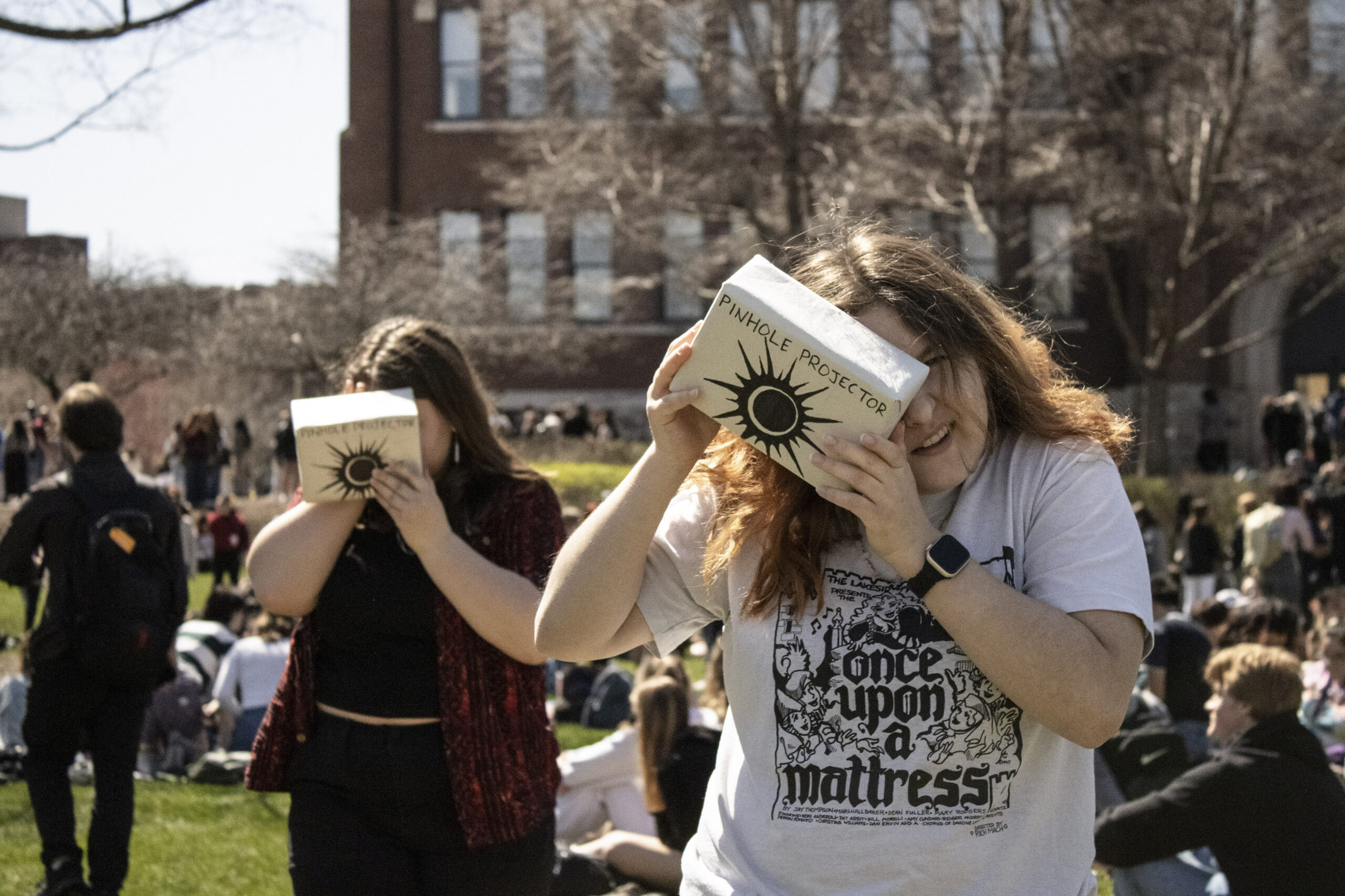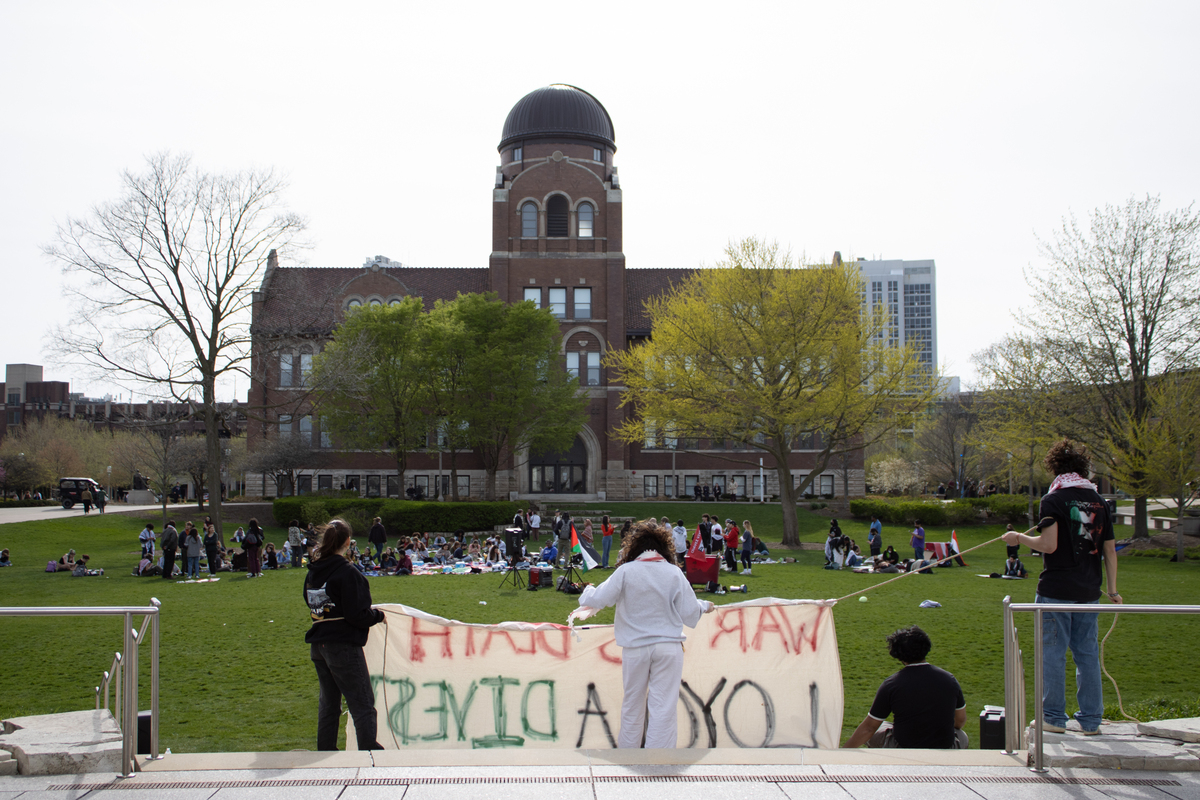For the Valentine’s Day edition of her column, deputy arts editor Angela Ramírez reflects on the discography of Javier Solís, the artist who connects her parents.
La Ramírumba: John y Luz, ‘Te Amaré Toda La Vida’

As soon as I saw the Modelo in my dad’s hand, I knew I was in for a lengthy FaceTime call.
For the Valentine’s Day edition of “La Ramírumba,” I wanted to showcase the soundtrack of my parents’ romance — John and Luz will be celebrating their 25th wedding anniversary in September.
Before calling them, I gave my parents simple, concise directions — think of one Spanish song that reminds you of one another.
“I don’t think we have one song,” John Ramírez said, laughing. “We have one artist.”
After doing a deep dive into my parents’ love story and how they got to know each other, they revealed how they discovered their shared love for El Rey Del Bolero Ranchero — Javier Solís.
Mexican actor and singer Gabriel Siria Levario, famously known as Javier Solís, was born Sept. 4, 1931 in Mexico City, Mexico. Coming from an impoverished family of five, his mother sent him to live with her brother Valentín Levario Plata and his wife Ángela López Martínez at a young age.
Under the pseudonym Javier Luquín, Solís started singing competitively. Oftentimes, the winner at the singing competitions would receive a brand new pair of shoes — a flattering prize for a struggling young artist. Eventually, Solís found himself banned from competing around Mexico City, as he wound up beating the competition at every passing chance.
Finding more concrete information on Solís’ upbringing proved to be a challenge — most information is unverified. From what I was able to gather, he went to Puebla, Mexico at 16-years-old to sing with the mariachi groups in that region.
He gained his infamous stage name after releasing his first hit song “Llorarás” after his producer at the time suggested it to him.
Years later at age 26, he started gaining international attention as a performer, captivating listeners with his entrancing vocals affixed with traditional ranchera instrumentation.
Unfortunately, Solís’ stardom was short-lived. In April 1966, he suffered fatal complications after undergoing gallbladder surgery — he was 34 years old.
Despite his singing career only lasting nine years, Solís managed to touch the hearts of many throughout Latin America, including my dad in Mexico and my mom in Colombia — 2,312 miles apart.
Growing up, my dad said he was always listening to Solís’ Mexican boleros. The records routinely spun at his childhood home in Allende.
“When my mom used to play Javier Solís, she would be cleaning or doing work around the house,” John Ramírez said.
His parents’ most adored tune was “Gema,” one of Solís’ more romantic ballads. My dad said it was the song his father would sing to his mother, calling it “his serenade.”
As if tied together by an invisible string, my mom also grew up listening to Solís’ music thanks to her parents. Her mom’s favorite song was “Gema,” — a detail my dad wouldn’t learn until they met decades later.
Over the phone, my mom told me the story of her mother Flor’s visit to the U.S. from Colombia. To celebrate the occasion, my dad took them out to dinner at La Hacienda de los Gutiérrez, a now-closed restaurant in Little Village.
She didn’t know at the time but while away in the restroom, my dad asked for Flor’s blessing to marry my mom. It was only his second or third time meeting my abuelita, but he said he “needed” to ask the question then and there.
Later that evening, my dad paid for a mariachi band to play for my mom and abuelita at the dinner table. When asked for a song request, my abuelita responded with one of her personal favorite Solís songs — “Gema.”
“Your dad just sat there, dumbfounded,” Luz Ramírez said in Spanish. “He just couldn’t believe that my mom also adored that same song, his parents’ song.”
My original goal for this edition of my column was to find just that — my parents’ song.
While we never ended up landing on one, my mom shared that Solís’ 1955 track “Te Amaré Toda La Vida” reminds her the most of my dad.
At just two minutes and twelve seconds, the classic ranchera song radiates lust with every note, instrumental and vocal. Violin, guitar and trumpet effortlessly blend together to introduce Solís first words, citing his commitment to being in love for as long as he lives.
“Te amaré toda la vida / Todo los años, los meses y los días / Todas las horas / Y todos los instantes / Mientras pueda latir mi corazón,” Solís belts.
My dad thought I could hear this song as it played on his phone during our call. I could not. I played along, just observing my mom sing along to the lyrics as my dad sat beside her and smiled.
What could have very well been a 15-minute phone call turned into two hours of personal anecdotes, mini arguments and constant switching between English and Spanish. And it was everything I needed — it was love in its purest, human form.
“We can both just sit there and listen to every song,” John Ramírez said. “And we love every song that he sings.”
Featured image courtesy of Luz Ramírez










